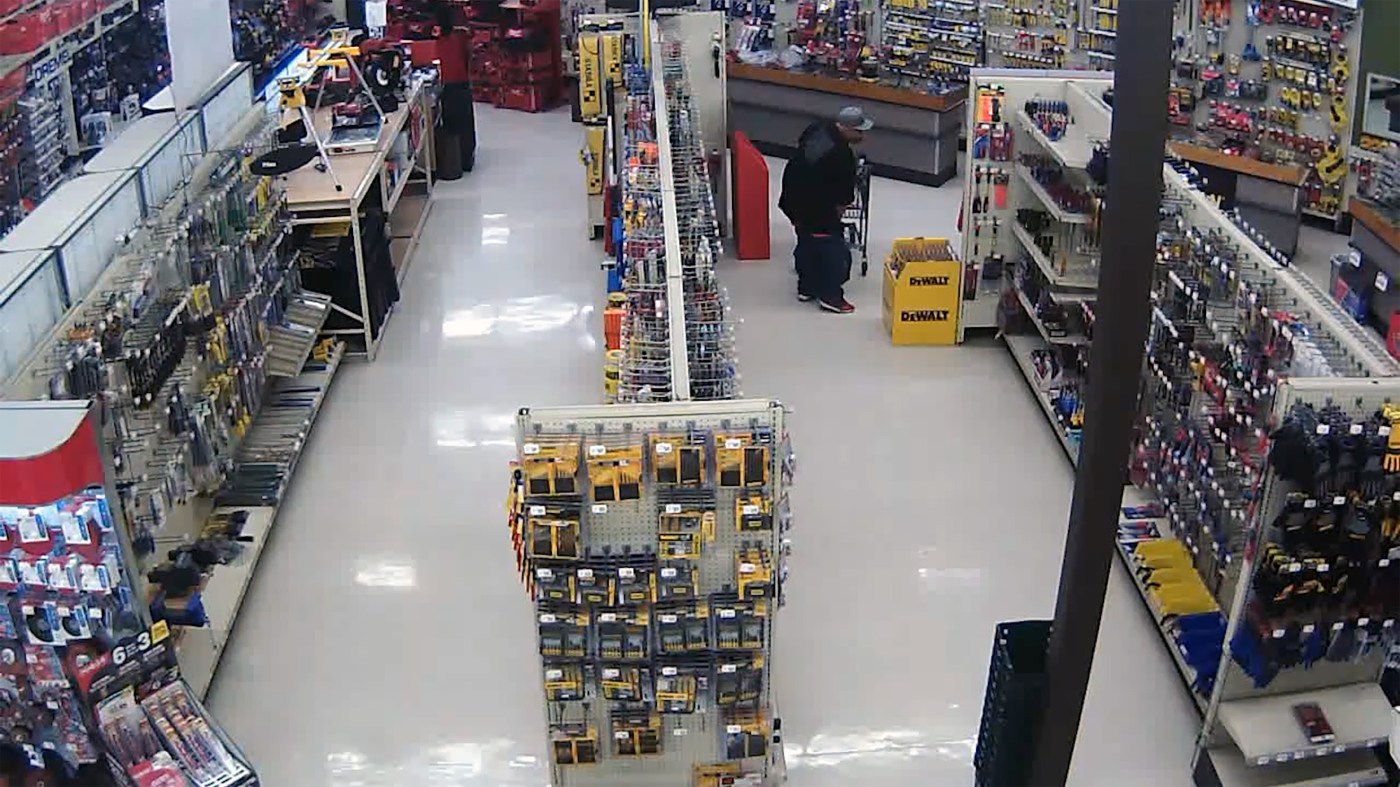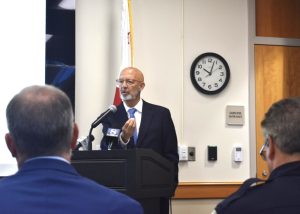California faces rapidly increasing homelessness, steadily rising retail theft and a startling escalation of opioid-related deaths. The three are interconnected and must be addressed.
Proposition 36 provides a thoughtful and tempered response. Voters should back the measure on the Nov. 5 ballot.
The proposition won’t solve homelessness, which has multiple causes. Nor will it end shoplifting or the state’s fentanyl crisis. But it should help in a meaningful way.
It’s a much-needed adjustment of Proposition 47, the well-intentioned criminal justice reform measure state voters passed in 2014.
And, no, contrary to critics’ claims, this is not a return to the state’s days of mass incarceration. While Proposition 36 would increase punishments for some theft and drug crimes, it would also create incentives for addicts to seek drug treatment.
Proposition 47 flaws
We supported Proposition 47 and opposed Proposition 20, an unsuccessful 2020 ballot measure that would have reverted California to the tough-on-crime days of the 1990s.
We continue to believe in the central goals of lowering the state prison population and reducing recidivism. But that doesn’t mean voters should ignore the flaws in Proposition 47 and societal problems that have worsened since its passage.
Last year, California accounted for 28% of the nation’s homeless population; the state count has increased 40% in just five years.
Meanwhile, as fentanyl permeates our state, opioid-related deaths have increased nearly fourfold over the past six years. Drug overdose is now the leading cause of death for Californians 15 to 44 years old.
The state’s retail theft rate has surged since 2021 and is now higher than when Proposition 47 passed, according to the Public Policy Institute of California. Shoplifting is at its highest level since 2000. And the latest numbers are probably an undercount due to underreporting.
These parallel trends are not surprising given that homelessness is highly correlated to mental health problems and drug addiction, often leading to theft to support a habit.
Unfortunately, Proposition 47 made it harder to force people who need help for their addictions to seek treatment.
Under the 2014 measure, someone can conduct a series of thefts each under $950 and the repetitive pattern cannot be used by prosecutors to elevate the crime to a felony. Similarly Proposition 47 reduced the penalty for possession of illegal hard drugs like heroin, fentanyl and methamphetamine from a felony to a misdemeanor.
In many cases, the reduction to a misdemeanor makes sense if it’s a singular instance. But without the threat of felony punishment, judges lost leverage to convince addicts who are serial offenders to complete mental health and drug treatment programs in exchange for dismissal of the charges.
Correcting the problems
Proposition 36 would correct this. It would address serial offenders by making thefts of $950 or less a felony, punishable by up to three years in county jail or state prison, if the person has two or more past convictions for theft crimes such as shoplifting, burglary or carjacking.
And the measure addresses addiction by incentivizing drug treatment. It permits prosecutors to charge people who possess illegal hard drugs and have two prior drug convictions with a “treatment-mandated felony.” That would allow the offender to choose treatment, with their record wiped clean upon completion, instead of serving up to three years in state prison.
Proposition 36 would also address major theft crimes. Current law does not permit additional jail time for stealing more than $50,000 worth of property. Proposition 36 would permit judges to add one, two, three or four years for stealing property worth more than, respectively, $50,000, $200,000, $1 million or $3 million.
To curb fentanyl proliferation, the measure would allow judges to add three to 25 years to prison time for traffickers, depending on the amount of the drug involved.
The threat of Proposition 36 did prompt the Legislature to finally take some action this summer to address the state’s increasing rates of theft. But the package of bills touted by some members of the Legislature and Gov. Gavin Newsom did not address the troubling portions of Proposition 47.
Related Articles
Editorial: Prop. 2 fails to fix broken California school bond program. Vote no.
Editorial: California Medi-Cal measure locks in special-interest funding
Editorial: California voters should OK modest minimum-wage increase
Editorial: California voters should protect same-sex marriage from U.S. Supreme Court assault
Editorial: California voters should reject rent control and ‘Revenge of the Landlords’
Using overheated rhetoric, opponents portray Proposition 36 as a prison-packing measure pushed by “MAGA Republicans” that will reignite the war on drugs and waste billions on jails and prisons.
In fact, the measure has bipartisan backing, including a significant contingent of Democratic state legislators as well as San Jose Mayor Matt Mahan and San Francisco Mayor London Breed, both Democrats.
The state’s nonpartisan legislative analyst estimates Proposition 36 would increase the state prison population, currently about 90,000, and increase county jail populations, currently totaling about 250,000, by a few thousand each. That’s hardly packing the prisons.
It would increase state criminal justice costs by up to the low hundreds of millions of dollars and local criminal justice costs by tens of millions, according to the legislative analyst. Those expenses pale in comparison to the billions of dollars drug addiction increases costs for California taxpayers to cover expenses of the criminal justice system, fighting homelessness and providing health care.
Proposition 36 is a smart and fiscally prudent response to the state’s homelessness, retail theft and opioid-addiction crises. Voters should approve the measure.












